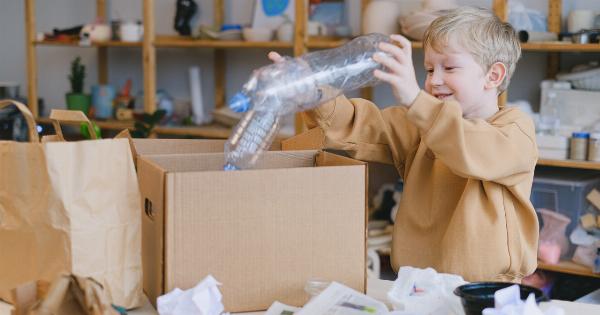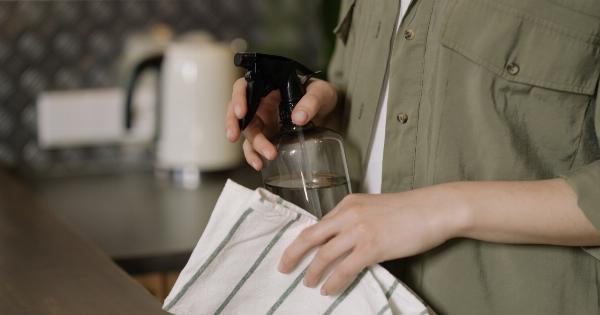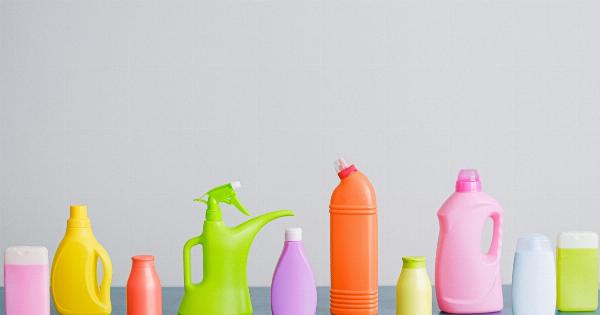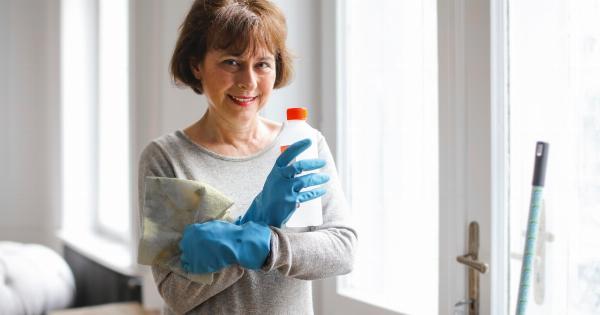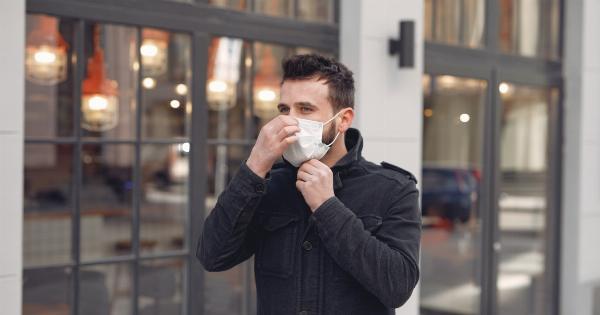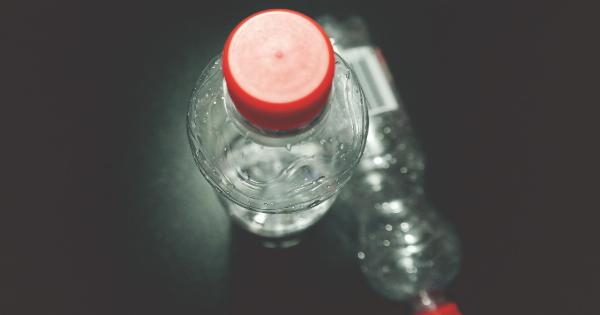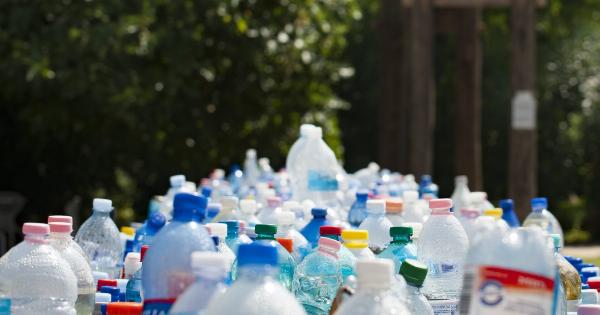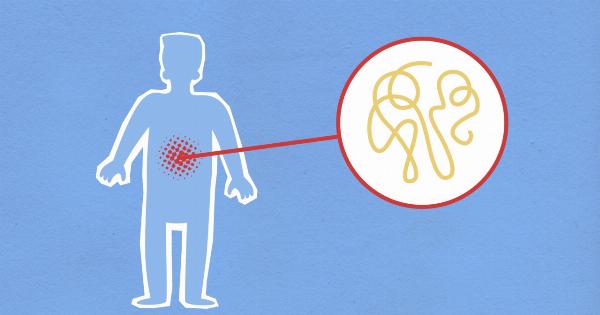Most people believe that their homes are safe spaces that protect them from the dangers of the outside world. However, it is surprising to learn that carcinogens, which can cause cancer, are hiding in plain sight in many homes.
Carcinogens are substances that have the potential to cause cancer by damaging DNA, leading to mutations that result in the development of cancerous cells. They can be found in everyday household items, such as cleaning products, furniture, and even food items.
The Importance of Knowing About Carcinogens
It is essential to understand how carcinogens can harm your health, especially since exposure to them can lead to the development of cancer.
Most people know that they should avoid smoking and excessive sun exposure, but they do not realize that their homes can also contain carcinogens that can put them at risk. By knowing about these hidden dangers, you can take steps to reduce your exposure and protect your health.
Cleaning Products
Cleaning products are often filled with chemicals that can be harmful, even carcinogenic. Many people clean their homes without realizing that they are inhaling fumes from the cleaning products they are using.
These fumes can cause respiratory problems, headaches, and even cancer. Some of the most commonly used cleaning products such as bleach, ammonia, and formaldehyde are known carcinogens and should be used with caution.
Furniture
Many pieces of furniture, especially older ones, contain dangerous chemicals that were used during their manufacturing process. Formaldehyde is a common chemical found in furniture, which can cause cancer and respiratory problems.
The more prolonged the exposure, the greater the risk. Additionally, many furniture items are treated with flame retardants, which are carcinogenic and emit fumes into the air when the furniture is used or decomposes.
Plastic Bottles and Containers
Plastic bottles and containers can contain carcinogenic chemicals such as bisphenol-A (BPA) and phthalates. BPA, which is commonly found in plastic water bottles and food containers, disrupts hormone production and has been linked to cancer.
Phthalates, on the other hand, are used to make plastic more flexible and are often found in children’s toys. Prolonged exposure to these chemicals can lead to cancer, reproductive problems, and birth defects.
Paint and Varnish
Paint and varnish are commonly used in homes for decoration and maintenance. However, the fumes produced by paint and varnish can contain carcinogens such as formaldehyde and benzene.
Even low-level exposure to these chemicals can cause respiratory problems and increase the risk of developing cancer. Proper ventilation is important while using these products, and low VOC paints should be used as an alternative.
Food
It is not only items in your house that can contain carcinogens, but also food items. Certain cooking methods such as grilling and frying produce carcinogenic compounds called heterocyclic amines (HCAs) and polycyclic aromatic hydrocarbons (PAHs).
These compounds are formed when meat is cooked at high temperatures, especially if it is charred or overcooked. Processed and preserved meats such as bacon and sausages have been linked to cancer as well.
Pesticides
Pesticides are often used around the home to control insects and pests. Still, many of these chemicals are carcinogenic and can cause long-term damage to your health.
Exposure to pesticides can lead to the development of cancer and other chronic health problems. To reduce pesticide exposure, use natural pest control methods and try to avoid using harsh chemical pesticides.
Radiation
Many homes are exposed to radiation from natural sources such as radon gas, which is produced by the breakdown of uranium in soil, rock, and water.
Radon gas is a leading cause of lung cancer, and it is estimated that it causes tens of thousands of deaths each year. In addition to radon gas, homes with outdated insulation, old CRT televisions, and microwaves can expose people to unnecessary levels of electromagnetic radiation.
Conclusion
Carcinogens are present in many household items, and exposure to them can increase your risk of developing cancer. It is essential to take steps to reduce exposure to these harmful chemicals, such as using low-VOC paints or natural pest control methods.
Being aware of the potential dangers can help you make informed decisions about the products you use in your home and protect your family’s health.





